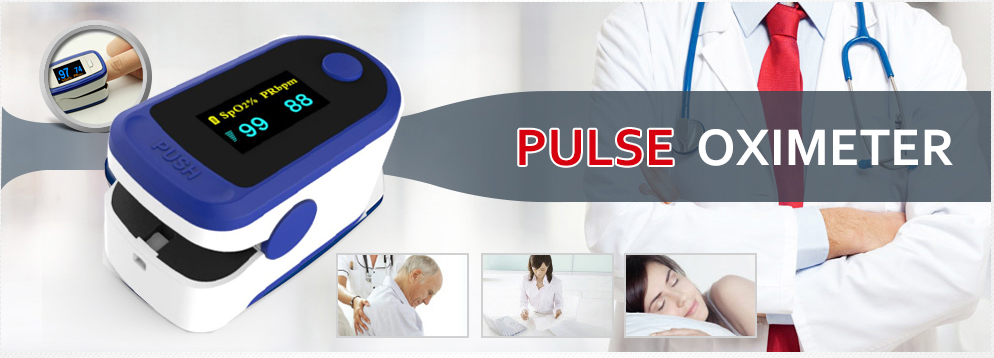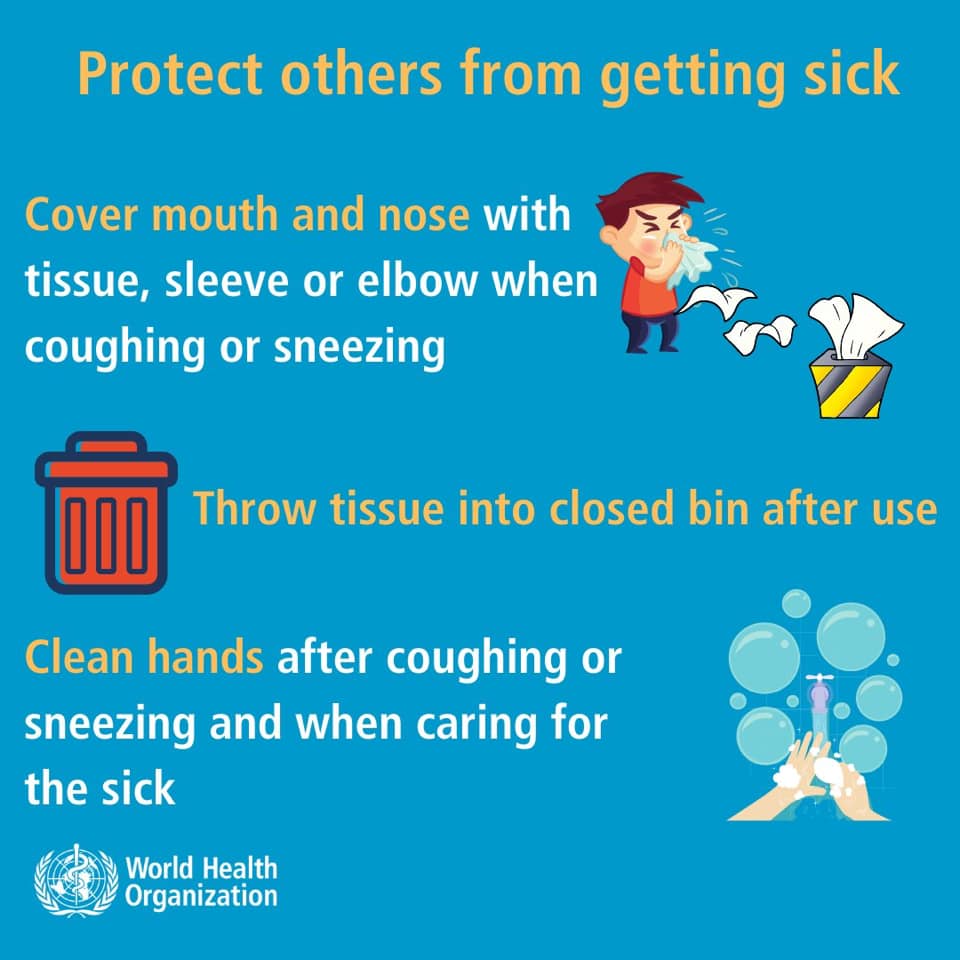The coronavirus doesn’t always cause obvious breathing problems even when people are heading toward respiratory failure. An inexpensive home device called a pulse oximeter may help detect trouble early, although some experts warn it’s not risk-free.
A pulse oximeter works by passing beams of light through your finger and calculating blood-oxygen levels based on light absorption.David J. Green/Alamy

Some people with the novel coronavirus have alarmingly low levels of blood oxygen, and they don’t even have a clue that their lives are in danger. They don’t appear to have any major trouble breathing, so they don’t realize how dire their situation may be.
The phenomenon has been raising concern among doctors, because these individuals typically need emergency medical attention to survive.
“The level of oxygen that these people are reaching can be so low that it’s amazing to me not only that they’re alive, but that they’re often not in distress,” says Richard Levitan, MD, an emergency physician in Littleton, New Hampshire, and the president of Airway Cam Technologies, a company that teaches courses in intubation and airway management. “They may be awake, alert, and even on their cell phones.”
Dr. Levitan refers to this hard-to-detect type of oxygen deprivation (or hypoxia) as a silent killer. After observing patients during a 10-day volunteering stint in the ER at Bellevue Hospital in Manhattan, he wrote about this aspect of the virus in an opinion piece in The New York Times.
How the Silent Killer Sneaks Up
According to Levitan, he and other doctors are seeing many coronavirus patients who are breathing fairly well when they check in to the hospital, but upon examination it’s clear they have pneumonia and their lungs are failing to sufficiently oxygenate their blood.
A normal blood oxygen reading would be between 95 and 100 percent, according to the Mayo Clinic. Anything under 90 is considered unhealthy. While at Bellevue in March, Levitan saw coronavirus patients with measurements as low as 50 percent.
When oxygen levels sink this far, Levitan expects patients to have much more apparent trouble breathing. Instead, these patients were often coming into the ER only after recently noticing a shortness of breath and having been sick with symptoms like fever, cough, upset stomach, and fatigue for a week.
He was perplexed. “If you get this low with your oxygen, your brain doesn’t like it,” he says. “You have respiratory failure, you pass out, or you have a seizure.” But that wasn’t happening with the patients he was seeing.
He explains that with COVID-19, the lungs initially remain “compliant,” meaning not yet stiff or heavy with fluid, so they’re able to get rid of carbon dioxide even as their ability to provide oxygen to the body becomes impaired. A buildup of carbon dioxide would cause patients to become lethargic or unconscious.
The oxygen depletion may not be apparent immediately because the virus attacks the lungs in such a way that the patient gradually gets less and less oxygen over time, according Levitan. “These patients do not feel like they have breathing difficulty because they slowly adjust to the lower oxygen,” he says.
To compensate, individuals breathe faster and deeper, and this change in respiration, Levitan says, increases inflammation in the lungs while also, for a while, masking some symptoms of pneumonia.
Len Horovitz, MD, a pulmonary specialist at Lenox Hill Hospital in New York City, warns that those fast, deep breaths may actually fuel damage to the lungs.
“These patients may also be getting more viral load as they breathe harder,” he says.
Diagnosing Pneumonia Early Is Vital
If patients cannot reverse the course of their pneumonia, acute respiratory distress syndrome (ARDS) sets in. ARDS is a life-threatening type of respiratory failure characterized by rapid onset of widespread inflammation in the lungs that deprives the body’s organs of sufficient oxygen. The condition causes fluid to build up in the alveoli, the tiny air sacs in the lungs that transfer oxygen to the blood and remove carbon dioxide.
An estimated 17 percent to 29 percent of hospitalized COVID-19 patients may develop ARDS, based on a small study published in February in the Lancet and a separate larger investigation also in the Lancet in February.
Some of these patients have to be put on ventilators that keep them breathing as their body fights the virus. Still, some — who felt they were breathing fine just a short while earlier — may die.
Identifying pneumonia early on before it advances can help a patient beat the disease and perhaps avoid more extreme measures like being put on a ventilator. “Through all of medicine, we know that earlier diagnosis and earlier treatment make a difference,” says Levitan.
He adds that some of the most effective interventions can also be the least complicated. “For example, giving people oxygen and turning people onto their stomach — what we call proning — can reduce ventilator necessity,” he says. “People come in with oxygen levels in the 50s, and after we’ve turned them on their stomachs and given them oxygen their oxygen levels are in the 90s.”
How a Pulse Oximeter May Help

For those who suspect or know they have COVID-19, Levitan suggests that a pulse oximeter may be a way to catch a drop in blood oxygen before it poses a severe health hazard. The small electronic device, which clips onto a finger, measures the saturation of oxygen carried in the red blood cells. The gadget works by passing beams of light through the blood in the finger and calculating oxygen saturation based on the light absorption. Most pharmacies and drugstores sell oximeters, ranging in price from about $25 to $60.
Dr. Horovitz compares having an oximeter in the house to having a thermometer on hand.
“Why not have one?” he says. “A pulse oximeter is a very easy gadget to use. It’s not costly and it’s not invasive. Within 10 to 15 seconds, you’ll get an oxygen saturation reading. If it plummets below 90, you may need supplemental oxygen.”
Levitan especially sees a place for the devices in residences where the elderly live.
“If I controlled the supply of pulse oximeters, I would have every nursing facility, every assisted living facility in this country, add pulse oximetry to the screening vital signs of every elderly patient,” says Levitan. “I believe the elderly especially are getting silently killed by this disease and when they finally become evidently ill, it’s terribly advanced.”
Weighing the Benefits and Risks of Pulse Oximeter Use

The oximeter may provide a simple way to spot potential health trouble, but it’s not a substitute for a doctor’s consultation. Both Levitan and Horovitz advise seeking a doctor’s advice if a few readings are consistently in the low range.
On April 30, the American Lung Association released a statement cautioning that the pulse oximeter is not a substitute for talking to a healthcare provider and watching for the early COVID-19 symptoms established by the CDC.
“Fixating on pulse oximeter readings may provide a false sense of security,” warns Albert Rizzo, MD, the chief medical officer for the American Lung Association. “In some cases, they do catch lung problems before you struggle with shortness of breath. However, it is also possible for the device to show healthy oxygen saturation levels even when experiencing trouble breathing, which may lead some individuals to delay seeking urgently needed care.”
The American Lung Association urges all consumers to discuss the necessity and use of the device with their healthcare provider. A medical professional can determine if an oximeter would be helpful and also provide direction for interpreting the readings in the context of how a person is feeling.
Pieter Cohen, MD, an associate professor of medicine at Harvard Medical School and a general internist at the Cambridge Health Alliance in Somerville, Massachusetts, wrote in a letter to The New York Times that home oximeters need to be carefully studied to determine if and how they may be used for coronavirus treatment.
“Currently, we use home oximeters for some patients, but we have already seen risks with their use, including inappropriate reassurance for both clinicians and patients; false readings, both low and high; and inappropriate over-reliance on a single number rather than complete assessment of the patient”
For Levitan, the payoff of using an oximeter can outweigh the risks for individuals whose condition may be silently worsening.
“Everybody I know has anxiety about this disease,” he says. “One way to give patients assurance that they’re okay is to empower them to self-monitor, and adding pulse oximetry does that. Our public health approach has to be more testing, earlier detection, and screening for this silent hypoxia.”







